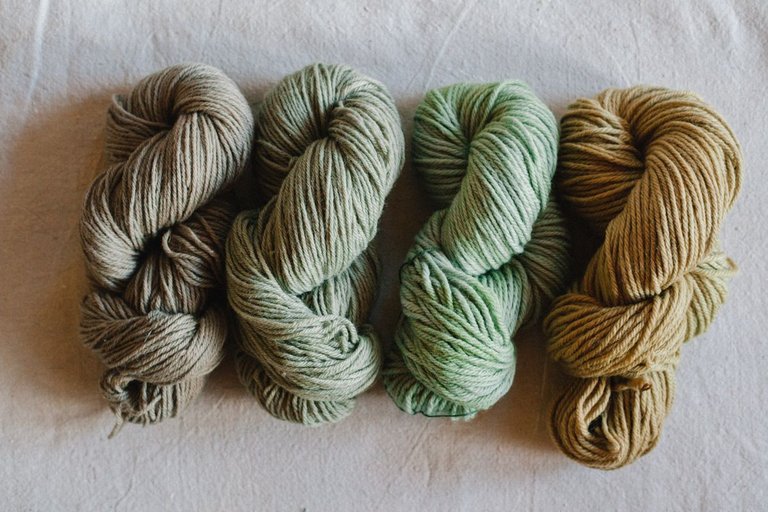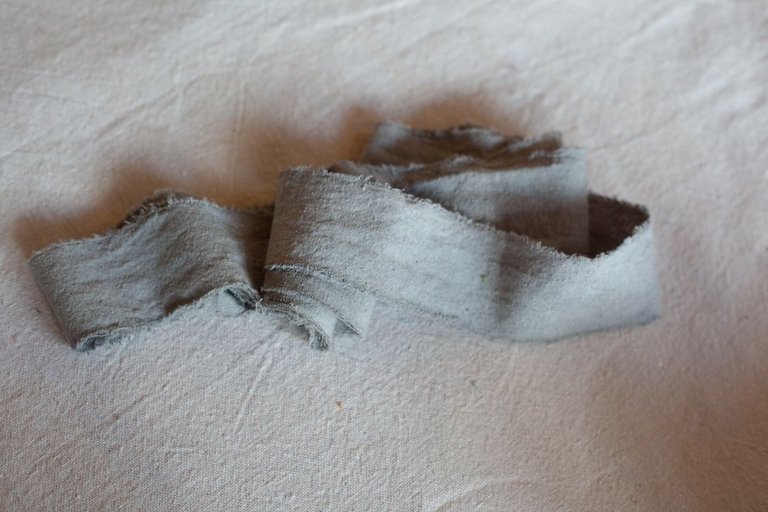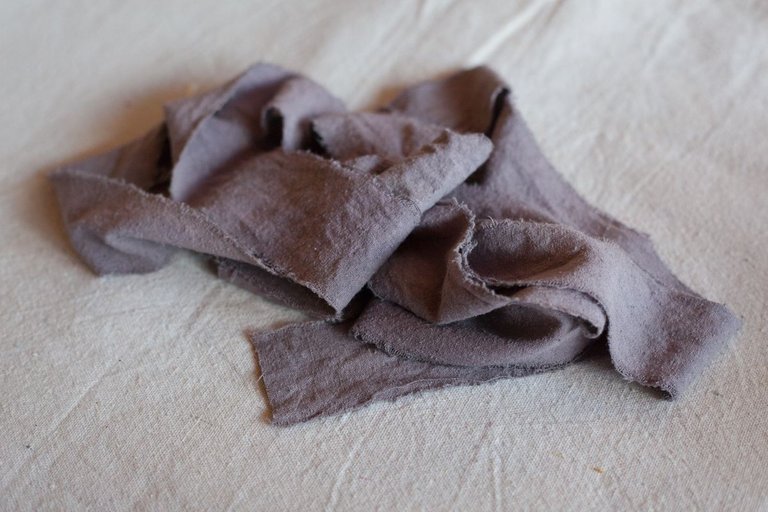Ever since I got into naturally dyeing, I've been totally obsessed with experimenting with different plants and discovering the incredible variations of colors they can produce.
Natural dyeing gave me a creative way to relate to the natural world. Wherever I go now, I often wonder, can I dye with that plant? And the answer usually leads me to a wonderful discovery of how indigenous people have used many wild plants (like Oregon grape) to make dyes, and also for food and medicine. Whenever I recognize wild plants, especially very abundant ones that have these multiple functions of food, medicine, dyes, I feel a huge sense of appreciation for the vast abundance all around us.

Today, I want to share with you my recent natural dye experiments with black hollyhock (Alcea Rosea Nigra), a member of the mallow family. I got to know hollyhock in California, where it volunteers itself in many gardens. At first, I admired it for its hardiness and its ability to naturalize, and the adorable little seed pockets that remind me of dumplings.

Later, I learned from my book, Harvesting Color, that hollyhock can be used to create a broad range of colors, from yellow to mint green. I officially became a fan of hollyhock. Then in late fall, when @sagescrub and I moved to Green Mantis Farm in east Washington, I spotted hollyhock standing tall in the perennial garden. And not just any hollyhock, the Alcea Rosea Nigra! I was in pure heaven. I wasted no time collecting the dried flowers (and seed pods), which fell all on their own accord all over the garden. I ended up with a gallon bag full of dried blossoms.
And here's the result of my dye experiments:




As you can see, the range of color is quite varied. I achieved different shades through experimenting with different materials (wool & silk), lengths of time in the dye vat, and using vinegar (acidic) and soda ash (alkaline) after baths. The base color is a sage or mint green. Vinegar made the color more green and soda ash made the color more yellow.
Wool also had different color variations than silk. All the skeins of wool yarn were varying shades of green, but silk came out blue and purple.
Here's a recipe for dyeing with hollyhock from Harvesting Color:
- Fresh blossoms, ratio of 2:1 hollyhock weight to fiber weight
- Dried blossoms, ratio of 20 dried blossoms to 2.5 oz of fiber
- Fibers premordanted with alum
-Put blossoms in a pot with water and let sit overnight. Add water to pot so that fibers can move about freely. Heat the mixture on low heat.
-Prewet fibers in warm water and add to pot.
-Heat for 2 hours, keeping around 160-180F
-Turn off heat and allow to cool for another 2 hours.
-Remove fiber from pot and let it sit for 20 minutes before rinsing with lukewarm water.
-Hang to dry in shady place.
Have fun!!!
I am really enjoying seeing you cooking up colors and witnessing the abundance of colors that you are able to harvest!
I have never dyed fabric before so I was surprised to see how soft the colours turned out compared to the deep colour of the hollyhock.
I am curious about your application of dyed fibers. Clothing? Other textiles? -Aimee
Currently, I mostly dye yarns & silk ribbons which I sell on my Etsy store and at Camp Joy Garden's Annual Wreath Sale. For my own uses, I've dyed bedsheets, pillows, undies & socks, a hammock, handkerchiefs, totes, and scarves. It's a good way to make stained clothes/napkins look nice again.
Neat! Thanks for sharing! -A